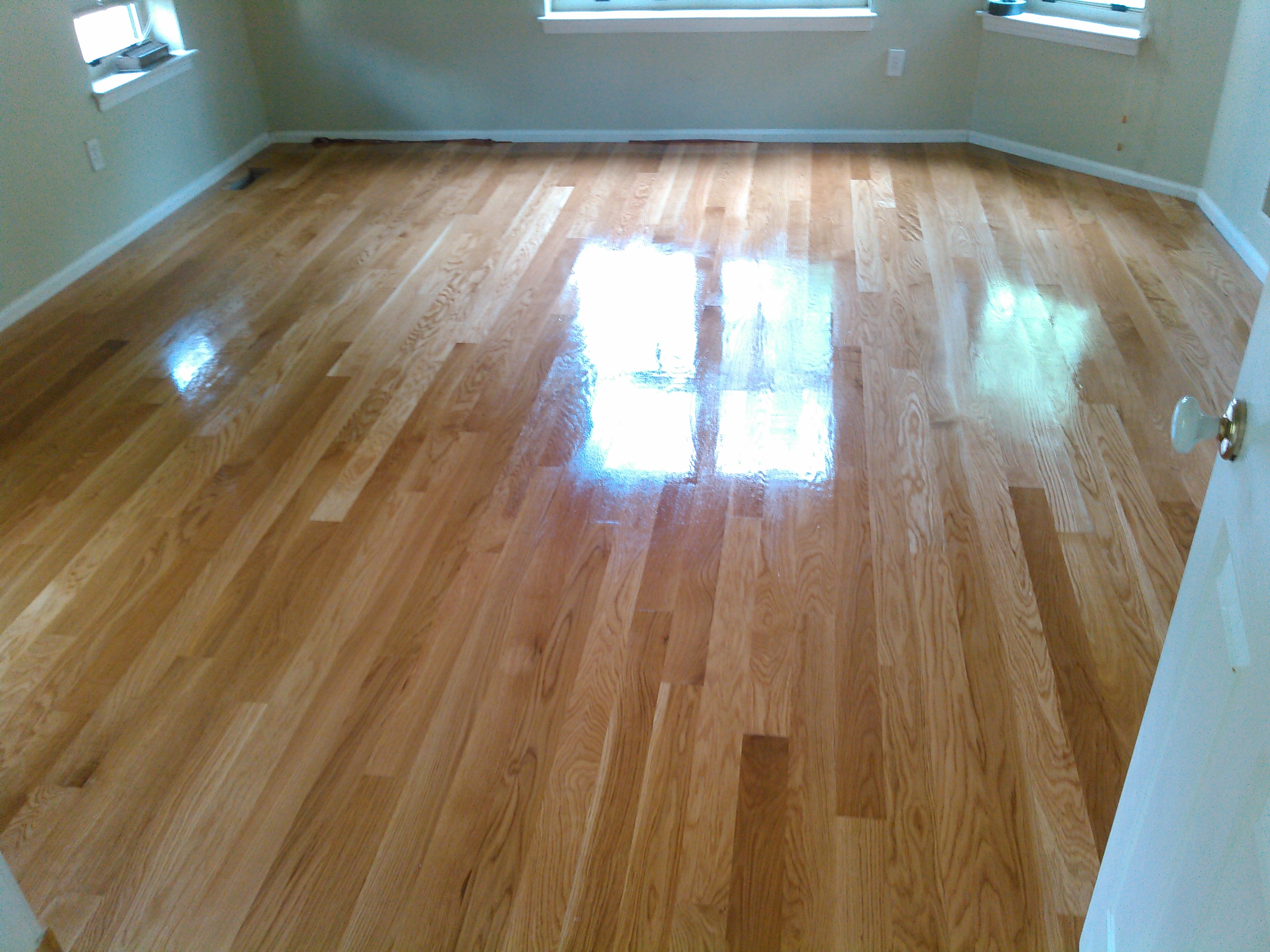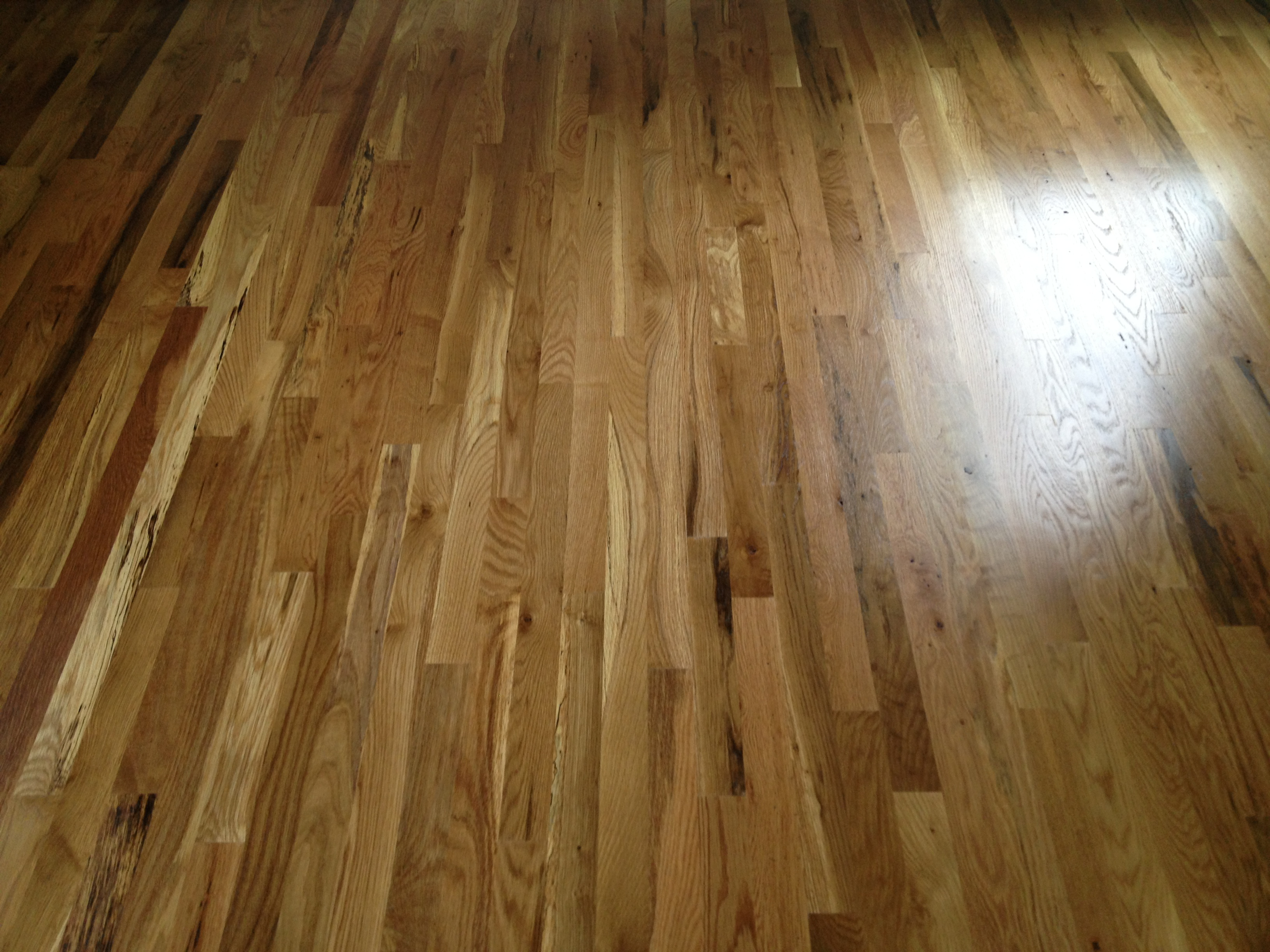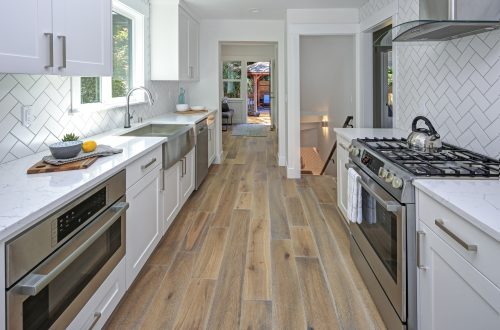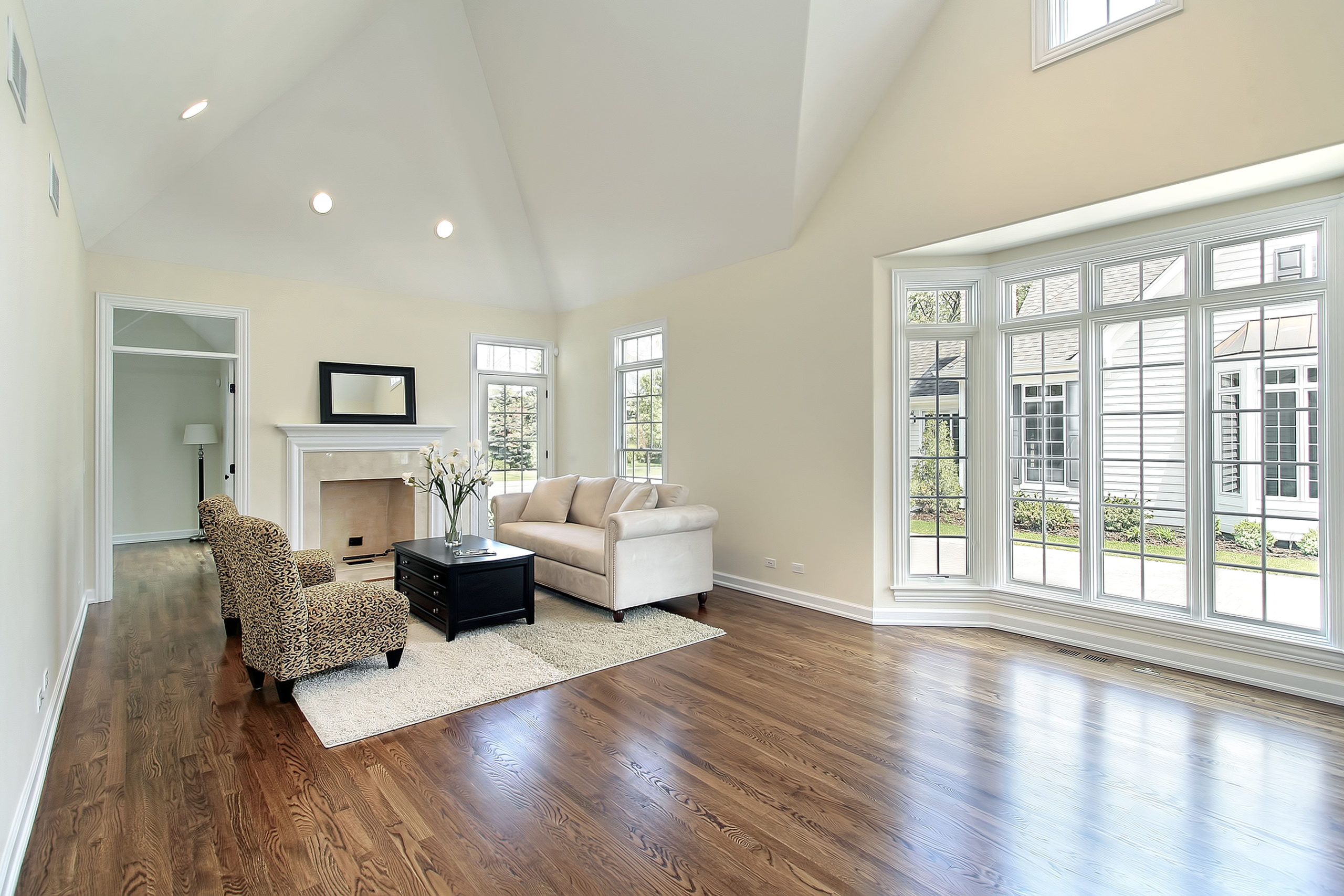Different Grades of Hardwood
Grade vs. Quality –
Hardwood Grading Levels: Does the grade affect the quality?
Heres an overview on each hardwood grade, and how to choose which hardwood grade is right for your project.
In the flooring industry, we get this question quite a bit. Who knew choosing which hardwood flooring to use had so many variables? Don’t fret; we’re here to help…
The grade levels for hardwood are Clear Grade, Select and Better, No 1 and No 2. However, there are terms that are sometimes used such as “Character Grade” for species such as Hickory and Maple.
The grading of lumber actually refers to the appearance of the individual planks and what part of the tree it is taken from, so it’s mostly aesthetics. (mostly)
Keep in mind that wood is a natural material and no matter what grade you choose, there will always be some variation in color and texture from specie-to-specie, and even from tree-to-tree. Even the clearest grades can have a knot or two in a plank here and there.
The hardwood grading system was created to help both home-buyers, sellers, and flooring professionals to have a common point of reference for describing batches of wood with similar qualities. “Qualities,” meaning (aesthetically) whether they have a lot of knots, wormholes, and open grain lines, or pretty evenly-toned and without natural blemishes.
Here’s a quick look and description of each…
Clear grade: Taken from the heart (center) of the tree, this is the highest grade of hardwood and “clearest” meaning it has few to no blemishes at all, no knots or wormholes, and has the most uniformity between the planks in regards to color and grain lines. Although this grade is the most uniform, because it comes from such a small percentile of the actual tree (the heart) it isn’t in abundance and is not usually used for hardwood flooring. You can often find this grade in things like engineered hardwood flooring, or furniture.
Select Grade: This grade of solid hardwood is what our flooring professionals always recommend installing. The people who created the “grading system” (NOFMA) do not consider quality to be a factor that differs throughout the different grades (although many installers and contractors would beg to differ). The difference is in the consistency throughout the planks. What we mean is that when select grade solid hardwood is installed in your home, there won’t be many surprises; the consistency in appearance is the best overall when compared to the lower grades like #1 and #2. Often times a plank of a lower grade will look good and solid throughout when it’s in its unfinished form, then, when it’s sanded… surprise! An ugly knot appears that the installers would have had no way of knowing was under the surface.
The select grade is the closest to the clear grade in that the planks are certified to have the most uniformity throughout when referring to color and grain pattern. Always remember that each species of wood is completely different and have their own natural characteristics, but each species, in the select grade form, will have the fewest visual blemishes, wormholes and unsightly marks from the mill.
Common Grade No. 1: There is a pretty drastic difference with this grade compared to the select grade. With Common No.1, all the natural characteristics of whichever hardwood species you’ve chosen will be clearly evident. This doesn’t mean the quality of the hardwood isn’t as high as the select grade, but there are many more visual knots and variation between the planks. There’s also a noticeable difference in color. The tones of each plank aren’t as uniform, which doesn’t effect the quality of the wood either, but is definitely something you need to know if this is your choice of grade. The finished look is quite different from the finished look of the select grade. (I’ll give you some examples below) This grade also contains less longer sized planks per bundle, and accounts for more waste (which means you’ll have to order a little more). Overall, Common grade No.1 is a decent choice if you’re looking for a more rustic look, (but nothing over the top) without sacrificing quality.
Common Grade No.2: There is a vast amount of natural characteristics noticeable on these boards. From color differences, texture, knots and grain patters…. these pieces show them all. Like I stated earlier, the people at NOFMA who created these grading guidelines, don’t claim that the lower grades have less quality, but if you ask any installer, their opinion just might differ. It’s really about being “solid.” Trying to install a select grade piece of hardwood flooring compared to installing a piece of No.2 hardwood flooring (no matter which species) definitely has its differences. When there are wild open grain lines, and natural knots and holes, often a board can split, adding it to the waste pile. If a truly rustic and busy look is what you’re searching for, and you’re set on using the No. 2 grade, just remember to order extra material so the installers have more to pick and choose from in order to ensure a quality final product.
The Grade of the hardwood does not affect its quality in terms of how structurally sound the floor will be. But if you’re expecting a solid and more uniform look to your new hardwood floors, then the select grade is recommended to achieve that level of clarity and uniformity.
Common Grade No 3 This grade is often referred to as character or cabin grade because of all the blemishes. Known as “the rustic grade,” these hardwood pieces are anything but uniform. It has knots, worm holes, and sap and heart wood color variations, dark and light pieces. This grade definitely has character. Many times, No 3 Common will have a mix of No 1 and No 2 along with some other pieces of hardwood that simply don’t hold up to the higher grades.

Wide Plank-Select White Oak Hardwood Flooring

Solid White Oak – Select Grade

Red Oak – Common Grade No. 2


37 Comments
Pingback:
Pingback:
Pingback:
Pingback:
Pingback:
Pingback:
Pingback:
Pingback:
Pingback:
Pingback:
Pingback:
Pingback:
Pingback:
Pingback:
Pingback:
Pingback:
Pingback:
Pingback:
Pingback:
Pingback:
Pingback:
Pingback:
Pingback:
Pingback:
Pingback:
Pingback:
Pingback:
Pingback:
Pingback:
Pingback:
Pingback:
Pingback:
Pingback:
Pingback:
Pingback:
Pingback:
Pingback: